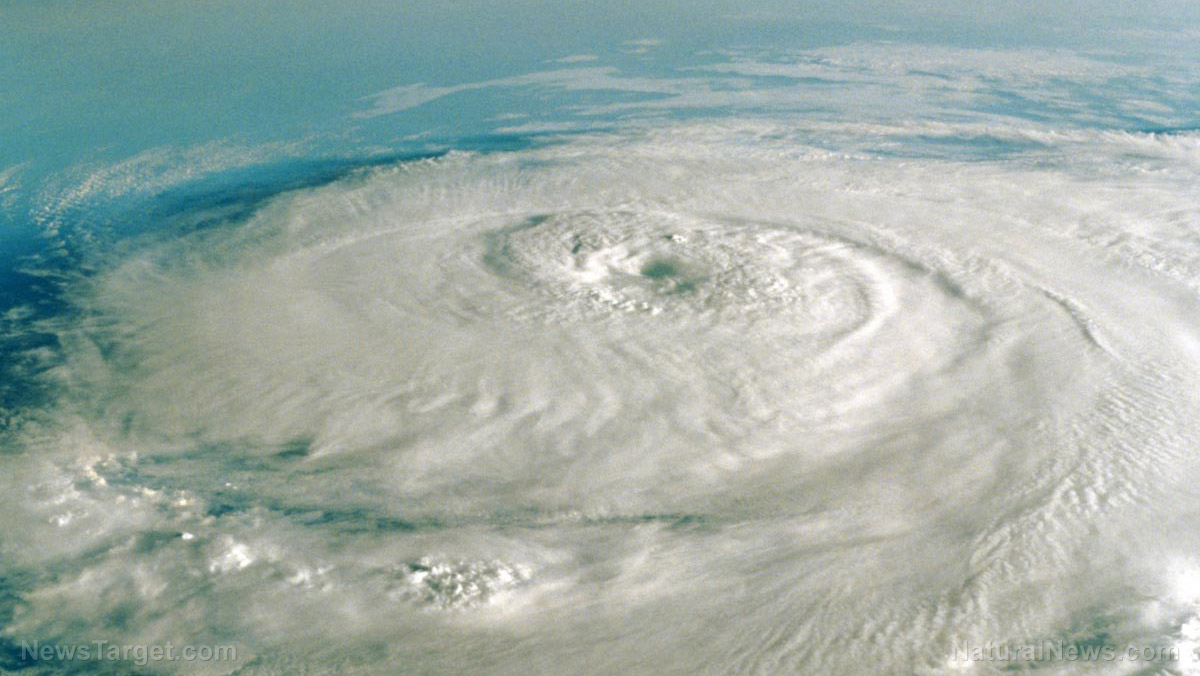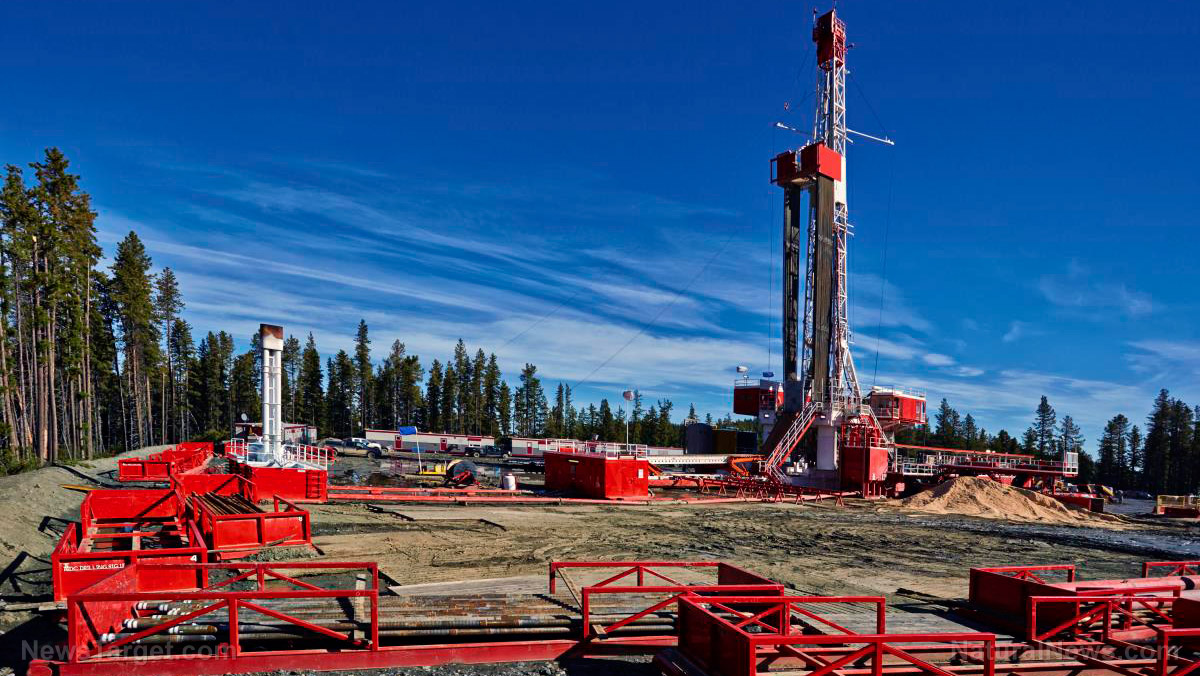Researchers find that the Earth’s mantle is “more dynamic” than previously believed
11/08/2019 / By Edsel Cook

The medial zone of the Earth’s three-layered interior, the mantle is itself divided into upper and lower parts. Most experts believe that the lower mantle is dormant, but a recent European study found greater signs of dynamic activity in the region.
The lower mantle starts 410 miles (660 km) beneath the crust of the planet. It ends at a depth of 621 miles (1,000 km).
Researchers from the University College London (UCL) and the University of Lisbon (Lisbon) studied this deeper sub-layer. The lower mantle moves and distorts at subduction zones, geologic areas where large pieces of oceanic crust sink through the layers.
“Traditionally, it’s been thought that the flow of rock in Earth’s lower mantle is sluggish until you hit the planet’s core, with most dynamic action happening in the upper mantle which only goes [down] to a depth of 660 km (410 miles),” explained UCL researcher Ana Ferreira, the leader of the study. “We’ve shown this isn’t the case after all in large regions deep beneath the South Pacific Rim and South America.” (Related: Mantle mystery: Geologists don’t know what to make of two continent-sized mountains found beneath the Earth’s crust.)
The lower mantle is much more active than previously expected
The heated rock that comprises the mantle is simultaneously firm yet pliant to exterior influences, such as the aforementioned sinking slabs of oceanic crust. However, the lower layer features very different materials than its upper counterpart.
An igneous rock called peridotite makes up most of the upper mantle. In comparison, the lower layer features a lot of bridgmanite and ferropericlase, with the latter mineral being a magnesium-iron oxide. Furthermore, the two layers display distinctly different temperature and pressure levels.

Ferreira’s team drew upon 43 million seismic measurements of Earth to simulate the planet’s interior. The data came from earthquakes around the world – these energetic upheavals produce tangible echoes that travel underground and produce sonar-like images of the subterranean area.
The researchers started their research in the topmost part of the lower mantle. They examined the changes in the direction and speed of the seismic waves as the latter traveled through the rocks of the layer.
Each rock and each mineral responded differently to seismic waves. The researchers mapped the responses to determine the structure and properties of the various parts of the lower mantle.
Ferreira and her colleagues concentrated on the subduction zones. In these areas, oceanic crust sinks beneath continental crust. The slabs of crust transfer the old material deep inside the mantle for recycling.
The Earth’s interior might be losing heat at a faster rate
The results of the UCL-Lisbon study indicated that the lower mantle displayed considerable activity in subduction zones. Furthermore, the highest levels of dynamism appeared at the edges of the slabs of oceanic crust that sank through the layer.
Researchers attributed the increased activity to a process called dislocation creep. Crystals and crystalline materials have imperfections inside of them. When these defects move, they cause the crystals to experience deformation.
In turn, dislocation creep comes from the interplay between the crystal slab and the material of the mantle. Under pressure from the chunk of ocean crust, the layer slowly but surely deforms and moves.
So far, the UCL-Lisbon researchers recognized signs of dislocation creep taking place in the lower mantle beneath South America and the Western Pacific. They were still looking for other regions that might experience the same dynamic activity.
University of Padova researcher and Ferreira’s co-author Manuele Faccenda suspected that dislocation creep might take place on a global scale. If true, he theorized that the interior of the Earth might be losing heat and getting colder faster than experts believed.
Sources include:
Submit a correction >>
Tagged Under:
breakthrough, Climate, discoveries, earth science, Earth's crust, Earth's mantle, Earthquakes, environment, geology, lower mantle, mantle, research
This article may contain statements that reflect the opinion of the author





















